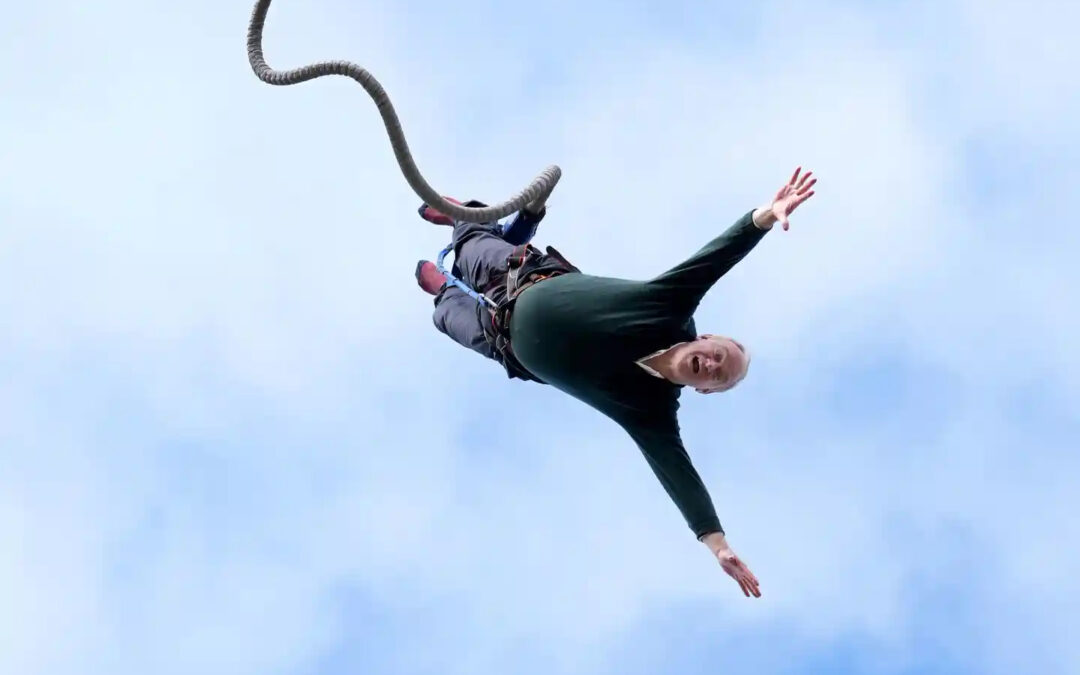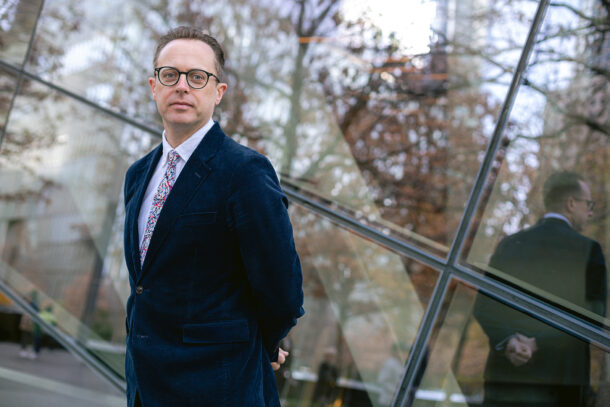When you close your eyes and picture a politician, what do they look like? We’ll come back to that question in a moment.
There’s an election in England on July Fourth, and the outcome is in little doubt. Labour will romp home after 14 years of Conservative misrule, and I’m pleased. From a strategic communications standpoint, the campaigns have had their share of moments. The Labour party has been cautious and tightlipped, keen to avoid blowing their lead with a gaffe. The Conservatives seem like they called the election early to enjoy the summer. They called the election in a rainstorm without an umbrella then announced they had a “plan”. It’s like they’re not even trying. If they ARE trying, they’re doing such a bad job I’d almost prefer, for their sake, that they weren’t. To fail in such a spectacular manner on such a big stage is cringeworthy. (Ask Joe Biden about his recent debate).
Labour’s leader is the epitome of a safe pair of hands, both for good and ill. Since his predecessor was unelectable it’s a change for the better. But the left rarely launches charismatic leaders—think of Harold Wilson in The Crown. Tony Blair, with his shark’s smile, and it turned out, inability to be honest about so-called “weapons of mass destruction”, was a rare exception. I’ll take uncharismatic and competent, at this point, over that, and the British public seem ready to, too. Sigh. It’s not a high bar, is it?
Meanwhile, there are other parties. There’s the extreme right wing Reform UK party—the same racist nutters who drove Brexit. Their leader tends to show up in nice suits, looking like he’d prefer to be spilling racist invective at the pub. It’s calculated to appeal to their supporters, who are often of similar minds. Most interesting to me is the Liberal Democrat party, led by 55-year-old Ed Davey. They need visibility. Usually I’d describe a Lib Dem voter as someone upper middle class and clever. They’re usually a bit detached from grim realities. So if they don’t vote Green (because there’s only one Green MP, and she’s good, but the party is hardly thriving), then they vote for a party that when it last shared power with the Conservatives, broke its biggest promise. The Lib Dem party is like a car insurance brand that wants you to remember them when you need car insurance. To that end, Ed Davey has bungey-jumped. It’s remarkable. There’s an understanding that the press will print a great photograph. He’s posed for dozens.
Back to the question about what a politician looks like. It’s sad that the leading candidates are all men. A Reform volunteer called Rishi Sunak, who is of Indian descent, a “f****** p***” on the campaign trail. The AP has printed the entire slur in its coverage, to avoid blunting the obscenity. I must be more careful about getting blocked. But I salute the AP’s intent—to show how shocking it is. The other men are white.
My point: It’s 2024. Where are the women? Sunak’s predecessor, who lasted less time in office than a supermarket lettuce, was a woman. Also, she misjudged several decisions. Still, we still face uphill challenges to see women succeed in politics. The United Nations says gender parity in national legislative bodies looms in 2063. Despite that:
There is established and growing evidence that women’s leadership in political decision-making processes improves them. For example, research on panchayats (local councils) in India discovered that the number of drinking water projects in areas with women-led councils was 62 per cent higher than in those with men-led councils. In Norway, a direct causal relationship between the presence of women in municipal councils and childcare coverage was found.
Women demonstrate political leadership by working across party lines through parliamentary women’s caucuses—even in the most politically combative environments—and by championing issues of gender equality, such as the elimination of gender-based violence, parental leave and childcare, pensions, gender-equality laws, and electoral reform.
Those are important points. And this isn’t just on political parties. It’s also on voters. What we need is to accept that our own biases inform the political landscape. When you ask yourself what a politician looks like, I’m asking that you acknowledge the answer. If it looks like Ed Davey, then can you be more open to it looking like somebody else? We can’t blame women for failing to get elected when our own biases go unchallenged. Young women are showing up to vote, run, and lead. They’re winning office around the United States and doing so so in impressive ways. Their examples are inspiring, and I am optimistic about this next generation. So, next time somebody tells you Gen Z is “tricky to manage”, I implore you: Compare them to the two candidates for U.S. President. As far as I’m concerned, we can’t hit fast-forward, fast enough.


